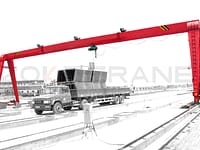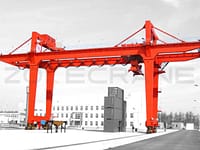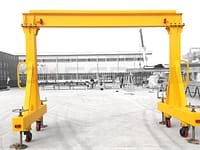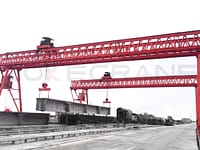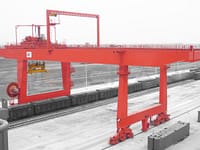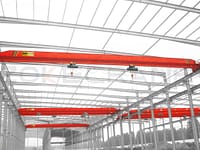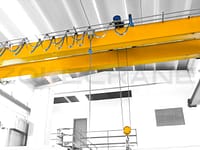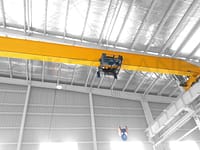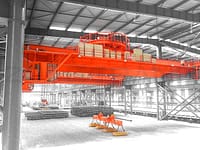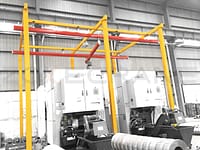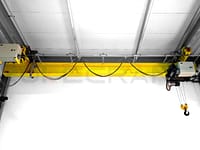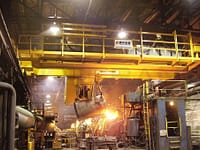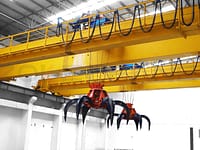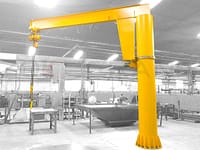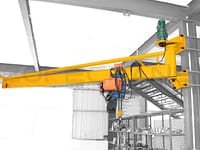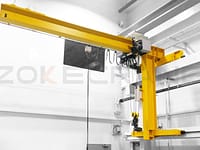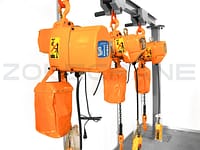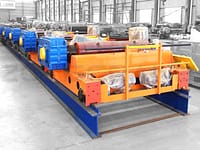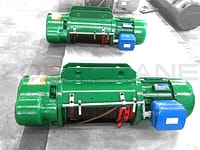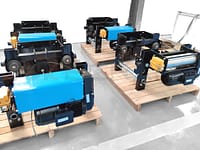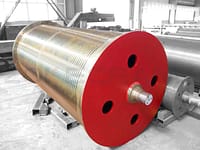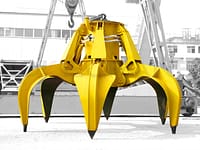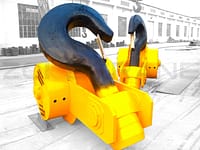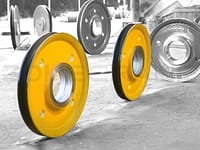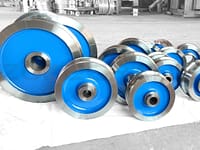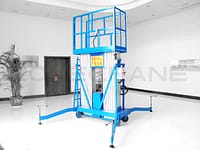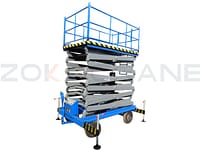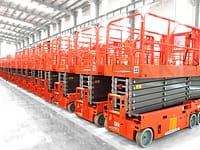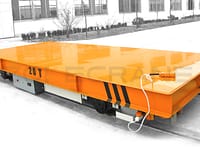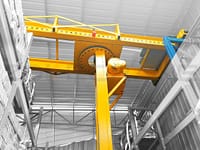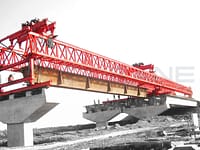Crane rails are an important part of a crane system, they carry significant loads and are subject to frequent movement. Over time, tracks can deform due to wear and tear, which may negatively impact the safety and performance of the crane system. For this reason, it is critical to understand the tolerance for crane track wear.

Vertical Wear Tolerance
The vertical wear tolerance of a crane rail is the degree to which the height of the rail is allowed to deviate up or down from its original dimensions. Specific tolerance values may vary depending on the application, industry standards and regulatory requirements. For example, the Crane Manufacturers Association of America (CMAA) provides recommended tolerances for vertical wear of crane rails in its Specification 70. These tolerances are typically expressed as a percentage of the original size of the rail.
Horizontal Wear Tolerances
Horizontal wear tolerances for crane rails are the extent to which the width of the rail is allowed to deviate up or down from its original dimensions. Similar to vertical wear tolerances, specific tolerance values may vary depending on the application, industry standards and regulatory requirements.
Related Standards and Guidelines
Specific values for crane rail wear tolerances often rely on relevant standards and guidelines provided by industry organizations or manufacturers. For example, CMAA Specification 70 details recommended tolerances for crane rail wear. These standards and guidelines typically cover vertical and horizontal wear tolerances for crane rails, as well as other requirements related to rail use.
Factors affecting tolerances
In addition to industry standards and guidelines, crane rail wear tolerances can be influenced by other factors. For example, factors such as the load capacity of the crane, the operating environment, and the manner in which it is used may have an impact on track wear tolerances. In some cases, specific industries or companies may have their own internal standards or requirements to ensure rail safety and reliability.
An accurate understanding of crane track wear tolerances is critical to ensuring the safety and reliability of your crane system. Vertical and horizontal wear tolerances are important indicators of the extent of track wear. By following applicable standards, guidelines, and manufacturer's specifications, you can ensure that track wear is kept within acceptable limits, thereby extending the life of the track and reducing operational risk. Given that industries and applications may vary, it is recommended that specific wear tolerance evaluations be performed according to specific standards and guidelines.
